The University of Massachusetts hosted a book opening and related exhibit for “Waging Peace in Vietnam: US Soldiers and Veterans who Opposed the War,” held at the Integrative Learning Center Friday.
The event featured a three person panel, consisting of Ron Carver, longtime activist, curator of the exhibit and co-editor of the book. He was joined by W.D. Ehrhart, a Vietnam veteran, anti-war activist, distinguished scholar, poet and high school teacher; and Susan Schnall, a former Navy nurse, anti-war activist and current co-director of the Vietnam Agent Orange Relief & Recovery Campaign. Schnall is also a New York University professor.
The book, published on Sept. 10 by NYU Press, documents hundreds of testimonials from Vietnam veterans regarding their experiences in the Vietnam War as well as their involvement in the anti-war movement from within the ranks of the enlisted. The book tells the story of specific resisters, such as the Fort Hood Three, three soldiers who were court martialed in 1966 for refusing to deploy, and examines long term ramifications of the Vietnam G.I resistance for veteran activists in Iraq and Afghanistan.
“There is really nothing like it in this vast literature of more than 40,000 books regarding the Vietnam War,” Christian Appy, a history professor at UMass, said. “‘Waging Peace in Vietnam’ [is] the foremost catalogue of firsthand accounts of G.I. resistance in Vietnam in existence.”
Ehrhart grew up in a small town in rural Pennsylvania, assured of the United States’ role in the world as a force for good. He enlisted in the Marine Corps at 17, determined to do his part to “save the Vietnamese from the horrors of Communism.” However, his time in Vietnam would quickly leave him lost and confused as to the true nature of the American government’s intentions in southeast Asia.
“I came back and I didn’t know which way the sun came up, that war pulled the rug out from under me,” he said. “I had seen [Americans] do things that I thought only Nazis and Communists did.”
In a state of shock, and with little support from the service, Ehrhart described himself as in a “state of absolute emotional ruin” after the war, and he quickly turned to drugs and alcohol as a mechanism to cope with his trauma. He initially attempted to put his experiences in Vietnam behind him and did not immediately turn to political activism, however, after the Kent State Massacre in 1970, Ehrhart felt he had no choice but to actively oppose the war.
“That was when my education really began,” continued Ehrhart. “I believed in freedom and justice and liberty, and I realized my country didn’t stand for those things.”
Schnall has stood for peace ever since her father was killed in the pacific theater of World War II.
Growing up with a progressive, working single mother at a time when such a thing was extremely uncommon, Schnall enlisted as an active duty nurse to “take care of the Marines who came back from War because [she] thought [she] could get them better again” and that she could “undo the damage that war was doing.”
She soon realized, however, that the only possible path to ending such suffering was to end war itself, later becoming a leading enlisted voice in the Anti-War Movement.
After several posters she put up on Oak Knoll Naval Hospital advertising an anti-war march for enlisted men in San Francisco on Oct. 12, 1968 were torn down, Schnall enlisted the help of a pilot friend to drop leaflets from the air on several military installations across California, providing servicemen with the information needed to participate in the demonstration.
Schnall had seen the U.S. Airforce “dropping fliers in south and central Vietnam, urging them to go to protective hamlets to get away from bombings,” and “to get away from the spraying of the herbicide Agent Orange.”
“If the United States can drop fliers on a country 8,000 miles away, why can’t we in the U.S military drop fliers on military bases and urge people to walk for peace?” she asked.
For this act of peaceful defiance, Schnall was court martialed. In front of a military tribunal, she admitted openly to her actions, defending herself instead by referencing the Nuremberg trials, and asserting that the U.S. was “committing genocide” in Vietnam, Laos and Cambodia.
“That goes against all the principles I have learned in this country,” she added.
Schnall was found guilty after thirty minutes of deliberation and was sentenced to six months confinement and hard labor and was dismissed from the service.
“In the decades since the war, many Americans have been persuaded that during the Vietnam era there were two groups; there were the soldiers that fought the war, who supported the war, and then there were these campus radicals who didn’t like the vets,” according to Appy.
Ehrhart dismisses such claims as “post war B.S.”
“A significant portion of the Anti-War movement was guys like me, and Dave Conolly sitting here, who was in the 11th Armored Cavalry, we became the anti-war movement, and I can tell you no one was spitting on me, no one was calling me a baby killer,” he said.
An exhibit accompanying the event can be visited at the main lobby of the ILC until Oct. 11. Student led tours will be available to the public Monday – Thursday from 5 – 7:30 p.m.
Colin Bratton can be reached at [email protected].


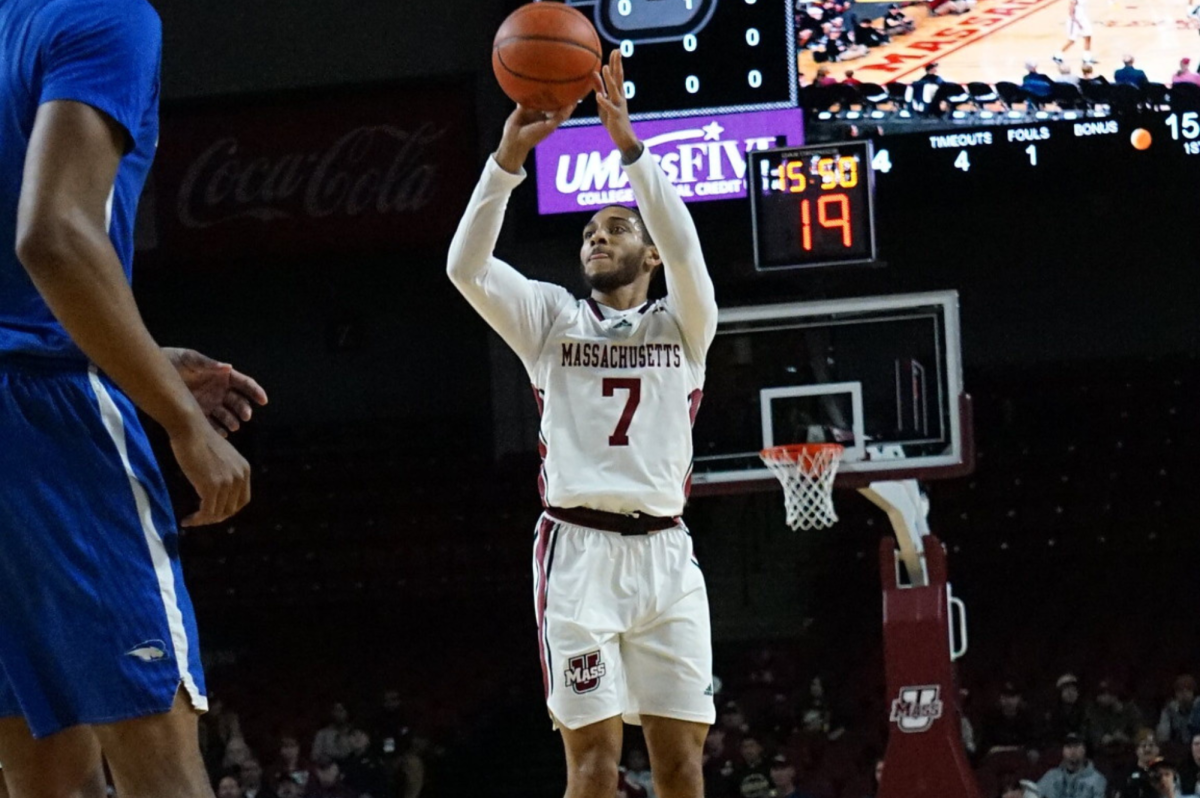
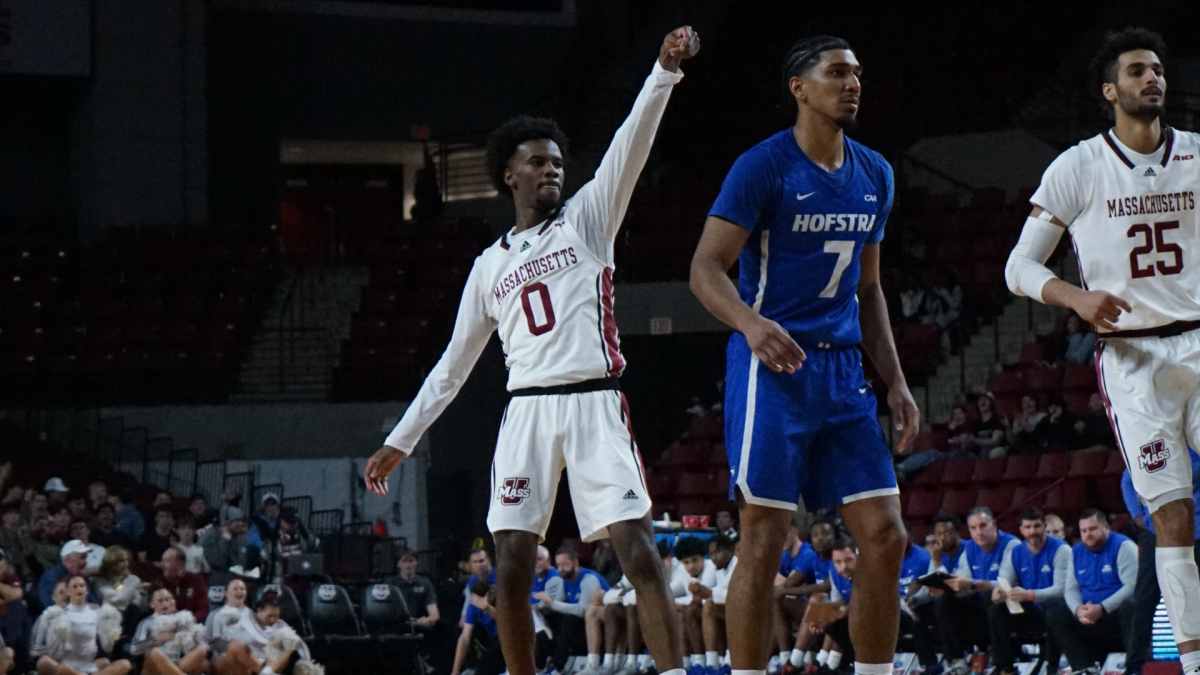
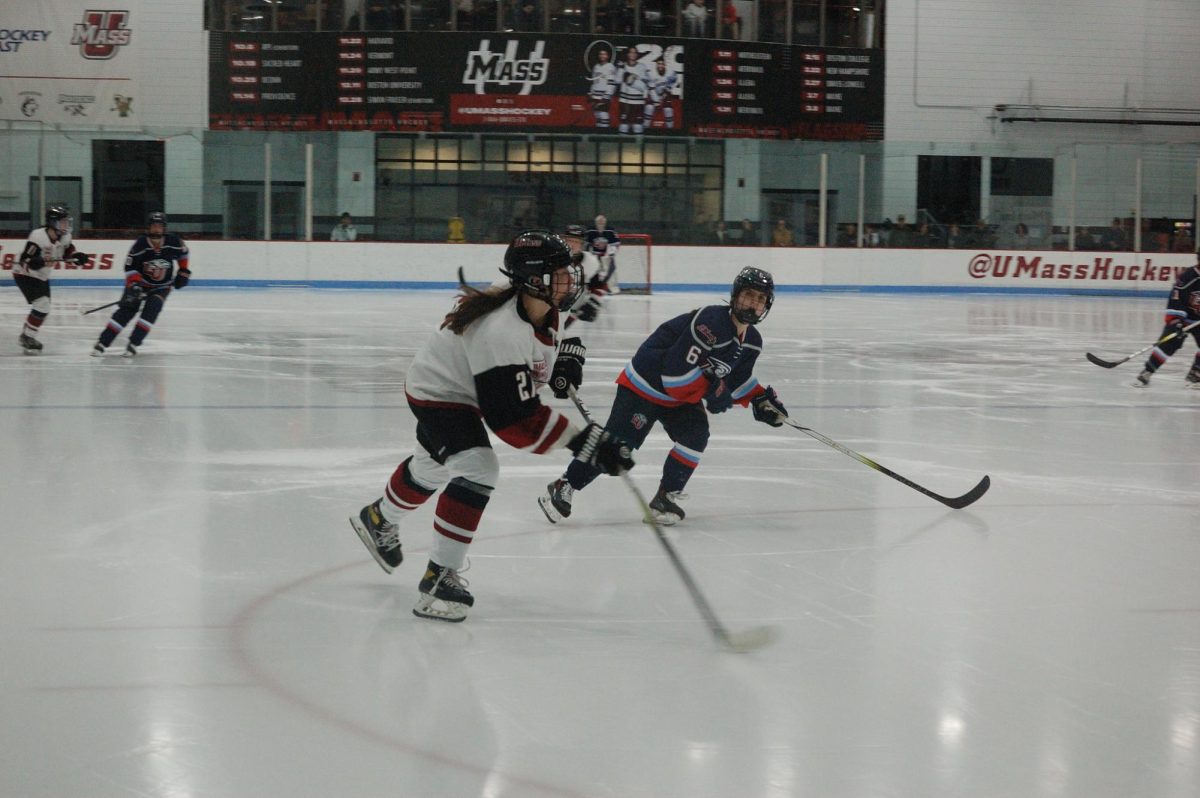
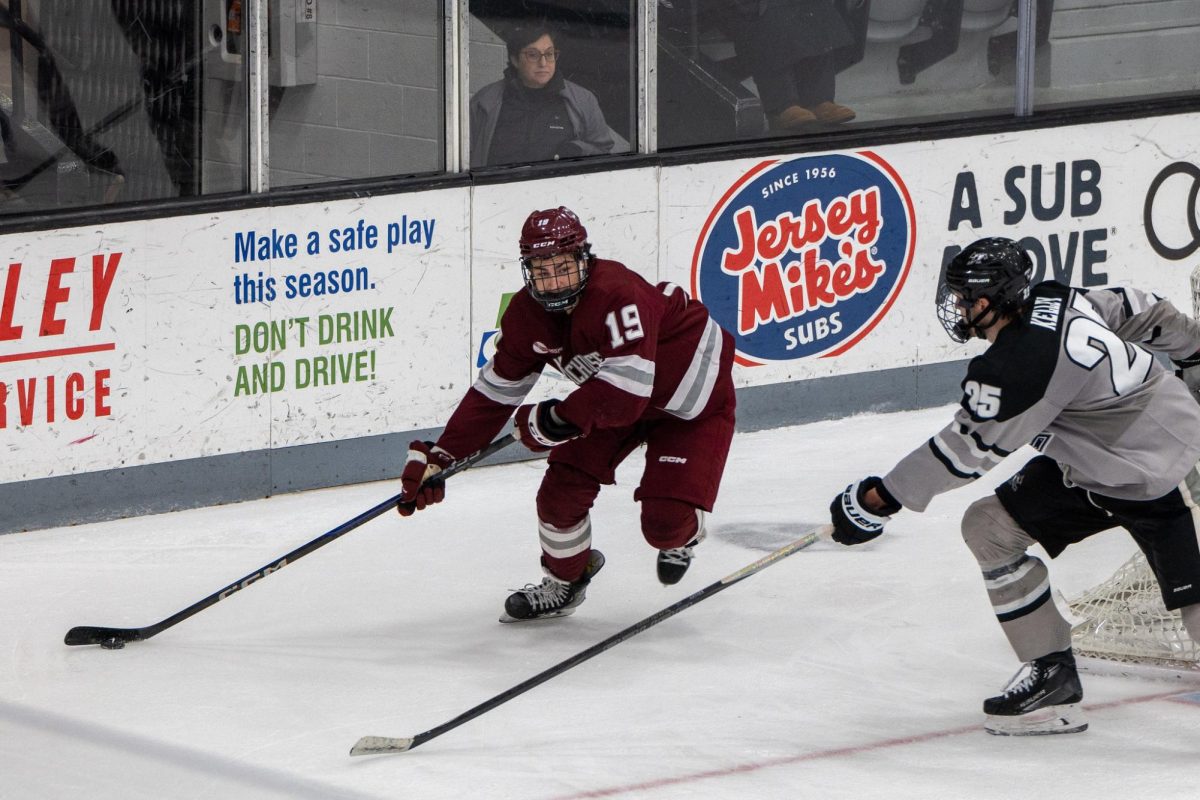
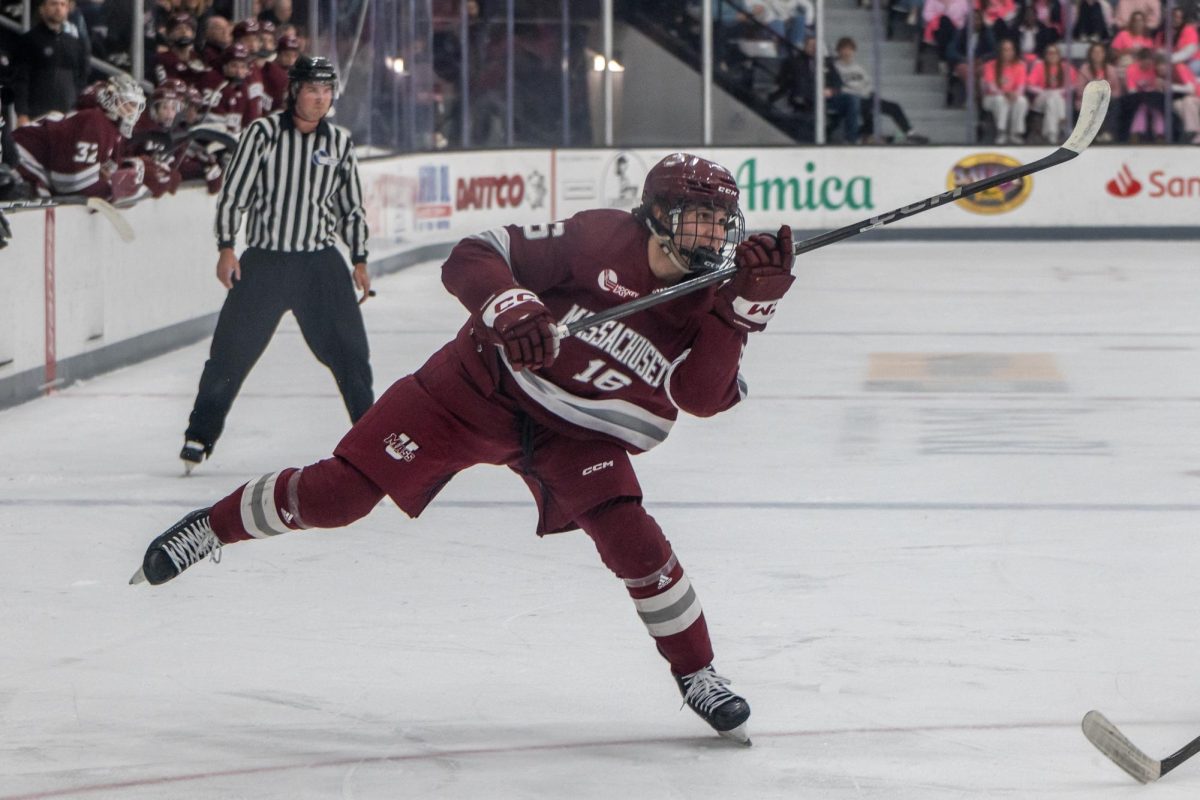






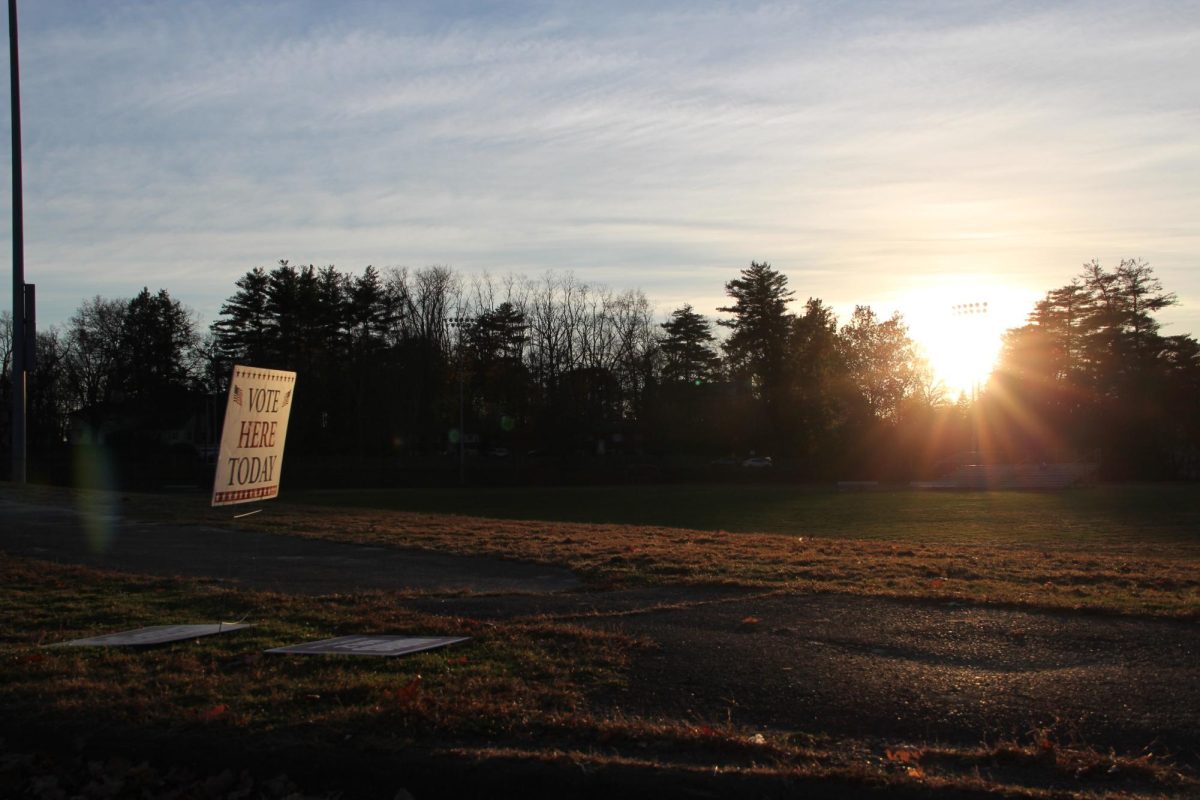



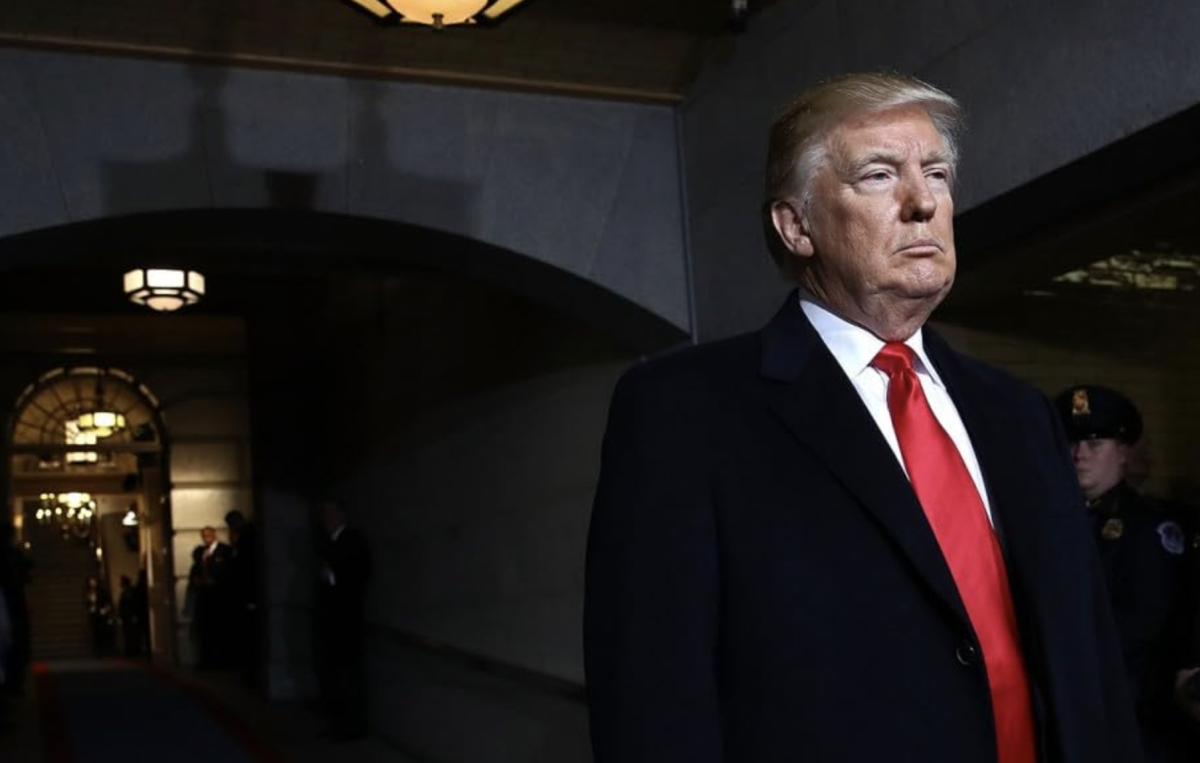
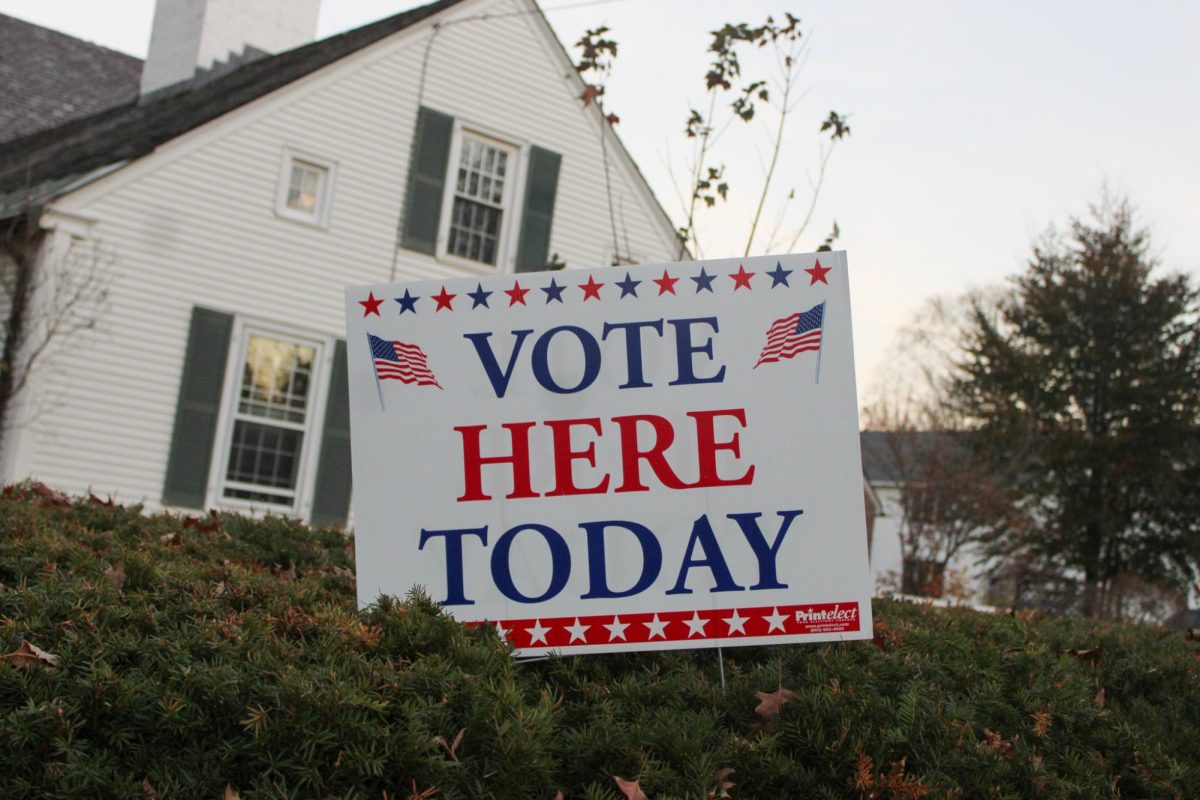
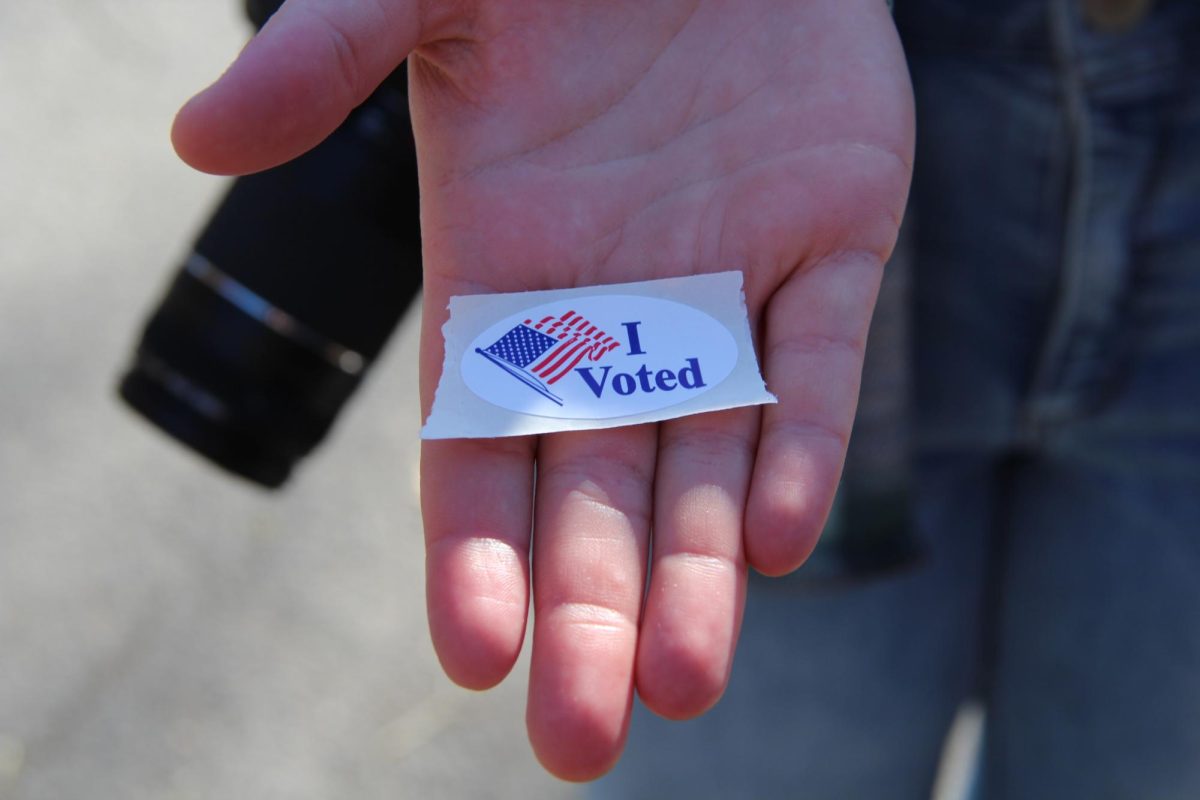
John Longino • Oct 10, 2019 at 7:23 am
From 2nd grade in 1958 through high school graduation in 1969 I went to Georgia Military Academy. When I arrived at the University of Georgia in September 1969 I encountered a couple of hundred anti-war protestors. I was shocked. In my protected enclave I had never heard of marijuana, never seen opposition to the war, never had a class with a POC. That first quarter my political science teacher was Dr. Martin Yanuck. He was gay, ethnically Jewish, athiest… and patient. “John, let’s talk about that. Why do you think that? Have you considered…? By November 1969 I had a girlfriend, had flipped my allegiance to the Left, became a charter member of the UGA chapters of NOW and NORML, and began to protest against the war and for civil rights. I have followed that path for the following 50 years’ marches, protests, and campaigns. I suspect I am not unusual: I came from a family with a great, progressive Dad, grew up when his beliefs on politics were the minority in Atlanta, then met Dr. Yanuck who explained the reality of war and politics to that 18 year old boy. The disease of “conservatism” has fought me at every turn. The pustule of conservatism that is Trump will be lanced because I’m not tired. We will reclaim our country- or what is left of it – from the Orange Buffoon and his ilk.
John Kent • Sep 30, 2019 at 3:19 pm
The veteran and GI resisters to the Vietnam war were the true heroes of that war, second only to the Vietnamese themselves who resisted and defeated the US imperial invasion of their land.
NITZAKHON • Sep 30, 2019 at 11:09 am
Looking forward to the parallel exhibit about how the media took sides, including Walter Cronkite’s infamous speech about the Tet Offensive – a massive loss for the Communists that he and other liberals spun into a loss for the US – that irrevocably changed the path of the war by deliberately undermining the public’s perception of it.
I also look forward to the exhibit about the genocide of the various peoples fleeing the triumphant Communists – the Communists that these protestors enabled. In parallel, those that perished while fleeing, and were turned away by the Democrats who had promised support and aid because they would not be “D” voters.
What, there are no such planned exhibits?